Soan Papdi is a very popular Indian sweet ideal for any occasion. Available in multiple variations, the most popular ones are made by Haldirams (often called as Haldiram Soan Papdi).
It is a wonderful Indian dessert that can be easily found in sweet shops across the country. It is specially ordered in festivals like Diwali and Rakshabandhan but sweet lovers like to experience its flaky and powdery flavour on their taste buds throughout the year.
Most of the times, you will find Soan Papdi in the form of cubes or flakes as different sweet factories and halwais (Hindi name for cook who are experts in making sweet dishes and desserts) prefer to make it differently.
The ingredients are pretty simple – A combination of flours, sweetened with sugar and decorated with pistachios, and almonds. Cardamom plays an important role in enhancing the aroma and flavor of this dish. It’s only the method that while interesting is a bit time consuming as well.
Soan Papdi is a popular North Indian dessert, which has a crispy and flaky texture. This easy Soan Papdi recipe is a perfect balance of sweet and fluffy crunchy flakes, making it a delightful choice for those who enjoy sweet desserts. Soan Papdi is a North Indian recipe but the exact place of its origin remains unknown till date. It is also known by the name Sohan Halwa in some parts of India.
People residing in West Bengal, Rajasthan, Uttar Pradesh, and Gujrat have developed a special liking for this sweet and include it in all their festivals. Sohan papdi, a popular dessert in the Indian subcontinent, is believed to have originated in the western state Maharashtra, India. Soan Papdi, with its Persian origin, has become an integral part of Indian cuisine, especially during festivals and celebrations.
Initially, it was sold loose but modern day sweet makers prefer to cut it in solid cubes as it looks more tempting this way. Soan Papdi is similar to many dishes across the world but it has a striking resemblance with a Turkish sweet dish named Pismaniye.
Soan Papdi tastes like Pismaniye but Pismaniye has a more nutty and strong flavor as compared to this light and crispy Indian confectionery. It is also closely related to another Indian sweet called Patisa which has a denser texture and sharp taste than Soan Papdi.
The mithai shops in India sell different variants of Soan Papdi filled in attractive packages. Indians have been gifting this sweet to each other for many decades now as it is both delicious and economical as compared to other sweets.

Soan Papdi
Ingredients
- 2 1/2 Cups Gram Flour Chickpea flour/ Besan
- 2 1/2 Cups Maida All purpose / Plain flour
- 500 ml Ghee
- 5 Cups Sugar
- 2 1/2 Cups Water
- 1/4 Cup Milk
- 1 tsp Cardamoms crushed coarsely
- 4 inch squares cut from thin polythene sheets optional
For Garnishing:
- Almonds and Pistachios handful & chopped
Instructions
- Sift the gram flour and maida together. Keep aside.
- Heat ghee in a heavy pan over medium flame.
- Add the sifted flour and roast until light golden. Remove and keep aside.
- Combine the milk and water in a pan.
- Place it over low-medium flame and add the sugar. Stir well to mix evenly.
- Simmer until it reaches a two thread consistency.
- Pour this into the flour mixture and mix well until the mixture forms thread like flakes. This method involves mixing and pulling the mixture apart alternatively.
- Transfer this into a greased plate and pat it flat to a 1 inch thickness.
- Sprinkle cardamoms, almonds and pistachios on top. Gently press them and even the surface.
- Allow it to cool.
- Cut it into 1 inch squares. Cover with the polythene squares
- Store them in an airtight container. Serve as a dessert.
Recipe Video
Notes
Sign up for our newsletter
Frequently Asked Questions:
What are the main ingredients used in making Soan Papdi?
Soan Papdi is a delightful and delicious recipe, a famous Indian sweet made from a few simple ingredients readily available in most kitchens. The main ingredients in making this delightful recipe include besan (gram flour), sugar, ghee (clarified butter), water, and green cardamom powder.
Some recipes also call for adding milk powder or semolina to enhance the texture and flavour of the special dessert and increase the taste factor. By using these easily available ingredients, such as all purpose flour, in the right proportions and following the correct procedure, you can make Soan Papdi, a delightful recipe that melts in your mouth and adds to the taste of this dish with much efforts.
This sweet delicacy, Soan Papdi, is simple yet irresistible, and you just can’t say no to this delicious dessert recipe. In fact, Soan Papdi is much better than fried and sugar-drenched sweet delicacies.
Can Soan Papdi be made without using ghee or oil?
While ghee is traditionally used to make Soan Papdi, you can substitute it with oil or butter if you prefer a vegan or dairy-free sweet version. However, it’s worth noting that ghee imparts a unique flavour and aroma to the Soan Papdi that cannot be replicated with other fats. Also, ghee has a higher smoke point than most oils, making it a better option for frying the besan. If you decide to use oil or butter, adjust the quantity and follow the instructions carefully to get the desired texture and taste.
How do I get the right texture of Soan Papdi?
The texture of Soan Papdi is critical to its taste and appeal. To achieve the desired flaky texture, follow the instructions carefully and consider a few key factors. One crucial factor is the consistency of the sugar syrup. If the syrup is too thick or too thin, it can affect the texture of the Soan Papdi. Another factor is the amount of ghee or oil used. Adding too much fat can make the Soan Papdi greasy and heavy while using too little can make it dry and crumbly. Lastly, how you knead the mixture is crucial to achieving the characteristic flaky and layered texture of Soan Papdi.
Can I store Soan Papdi for a more extended period?
Yes, Soan Papdi can be stored properly for a few weeks. The best way to store Soan Papdi is in an airtight, cool, dry container. Keep the container away from moisture and direct sunlight, which can cause the Soan Papdi to become sticky or melt. To keep the Soan Papdi fresh for longer, refrigerate it, but bring it to room temperature before serving. If you notice any changes in texture or flavour, discard the Soan Papdi to avoid any risk of food poisoning.
Can Soan Papdi be made with different flavours or variations?
Yes, Soan Papdi can be made with various flavours and variations to suit your taste preferences. Some popular flavours include saffron, rose, and mango, which can be added to the sugar syrup or the besan mixture. You can also experiment with different colours and shapes to make the Soan Papdi more appealing. Some variations of Soan Papdi include Chocolate Soan Papdi, Mawa Soan Papdi, Badam Pista Soan Papdi, and Kaju Katli Soan Papdi. Enjoy making and trying out different sweets. You might also enjoy making Besan Ladoo, Gulab Jamun, or Jalebi, as they are all traditional Indian sweets that are equally delicious.
What is the origin of Soan Papdi, and how is it traditionally consumed?
Soan Papdi originated in the Indian state of Rajasthan and is now one of the most popular sweet delights widespread across India and many other parts of the world, especially during the festival season. It is often served during festivals, weddings, and other special occasions, as well as an everyday treat. In India, Soan Papdi is often consumed with a cup of tea or coffee and is sometimes used as a garnish on other desserts like ice cream. Traditionally, it is also given as a gift during festivals like Diwali and Raksha Bandhan as a symbol of goodwill and affection. This festive season, surprise your loved ones with a traditional Soan Papdi recipe and impress them with its amazing taste. Just follow us through some simple steps given below. So, next time you have a house party or puja around Diwali, Holi, or other festivals, prepare this easy Soan Papdi recipe as prashad and we bet they would love it! Soan Papdi is a beloved and widely enjoyed popular dessert in the Indian subcontinent.
Do you need help to make Soan Papdi at home? Any tips for beginners?
Making Soan Papdi can be challenging for beginners, but it is entirely doable with the right ingredients and instructions. One crucial tip is to follow the recipe closely and measure the ingredients accurately to balance flavours and textures.
Another essential piece of information is to be patient and take time while kneading the mixture to achieve the desired consistency. Also, use a non-stick pan or kadhai to prevent the besan mixture from sticking to the bottom.
Lastly, for those looking for a traditional and authentic experience, try visiting Shreya’s Sweets in Hampankatta, Mangalore, where they use hand-made techniques to create the perfect Soan Papdi. And for those looking for a modern twist, experiment with different flavours and variations to make the Soan Papdi more exciting and appealing.
Can Soan Papdi be made using alternative sweeteners for a healthier version?
Yes, To make a healthier sweet version, Soan Papdi can be made using alternative sweeteners like jaggery, honey, or stevia. However, remember that using alternative sweeteners can affect the texture and taste of the Soan Papdi, and it might take some trial and error to get it right. Also, use a sweetener suitable for your dietary needs and preferences.
What are some common mistakes to avoid when making Soan Papdi?
One of the most common mistakes when making Soan Papdi is overcooking the sugar syrup, which can make the Soan Papdi hard and chewy. Another common mistake is not kneading the mixture enough, resulting in a crumbly or dry texture. Other mistakes include:
- Using too much or too little ghee.
- Not measuring the ingredients accurately.
- Not following the recipe instructions carefully.
To avoid these mistakes, read the recipe thoroughly, measure the ingredients accurately, and pay attention to the cooking times and techniques.
Are there any regional variations of Soan Papdi in India or other countries?
Yes, various regional variations of Soan Papdi in India and other countries, each with unique flavours and textures.
For example, in Maharashtra, Soan Papdi (also known as “Patisa”) is made with sugar syrup, besan, and ghee. In Pakistan, a similar sweet called “Soan Halwa” is made with corn flour, sugar syrup, and ghee.
These regional variations add to the diversity and richness of Indian and Pakistani cuisine. Soan Papdi, often referred to as Indian candy floss due to its strand-like texture that makes it soft and flaky, is believed to have been derived from the Turkish pismaniye.
It bears some resemblance to the delicate strands and melt-in-your-mouth texture of Dragon’s beard candy from China, which is also known for its intricate preparation process. Additionally, Soan Papdi has gained popularity in other countries as well, such as Korea, where it is known as Kkul-tarae.
Is Soan Papdi gluten-free and suitable for vegans?
Soan Papdi is a popular Indian sweet made primarily from sugar, gram flour, and ghee (clarified butter). Unfortunately, Soan Papdi is not gluten-free as it contains gram flour, which is made from chickpeas and may contain traces of gluten. Additionally, Soan Papdi is not suitable for vegans as it contains ghee, which is derived from dairy. If you are following a gluten-free or vegan diet, it’s best to look for alternative sweets that meet your dietary restrictions.

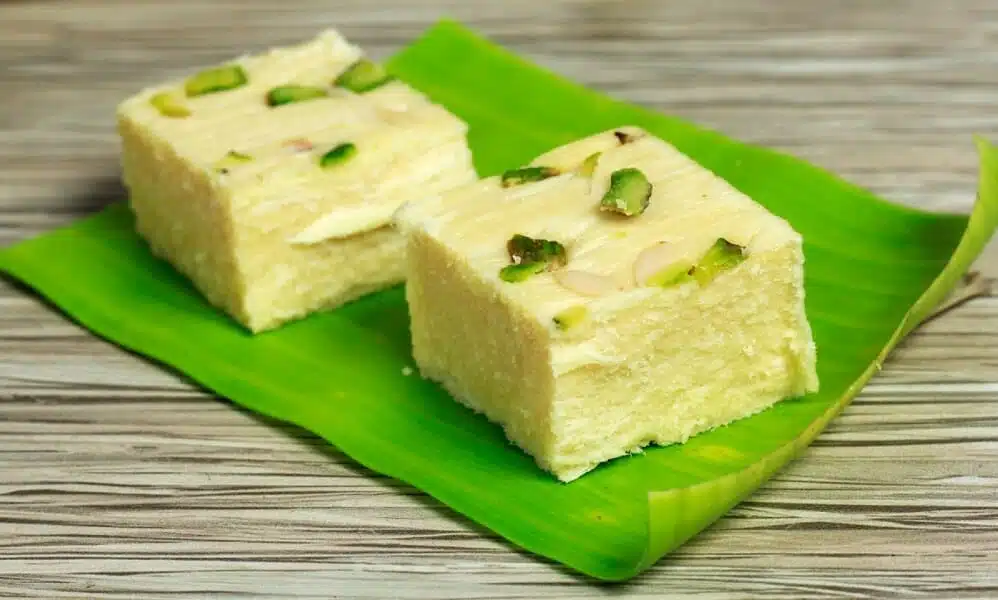
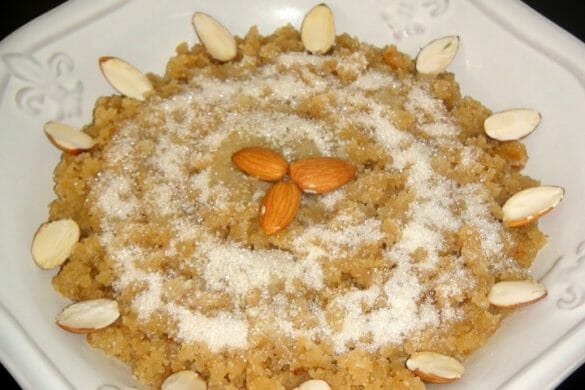
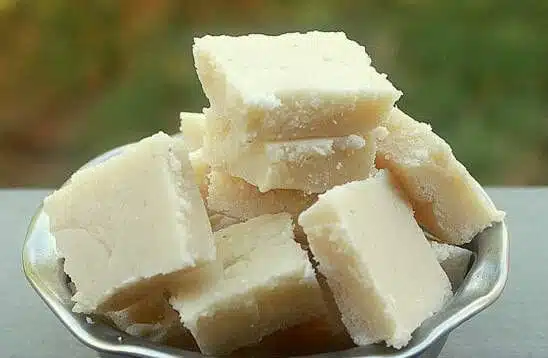
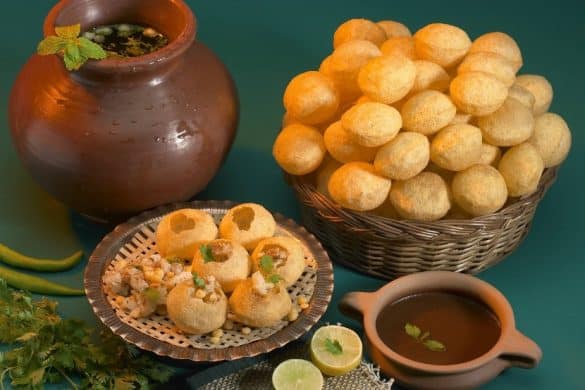
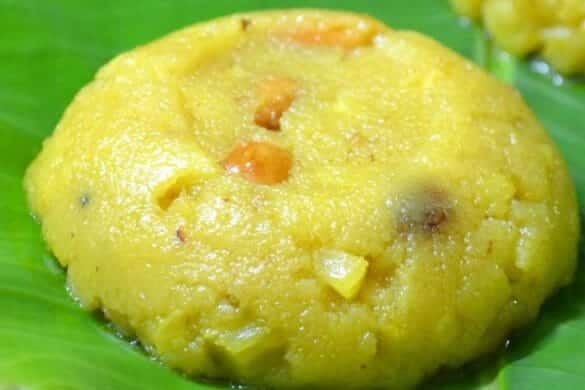
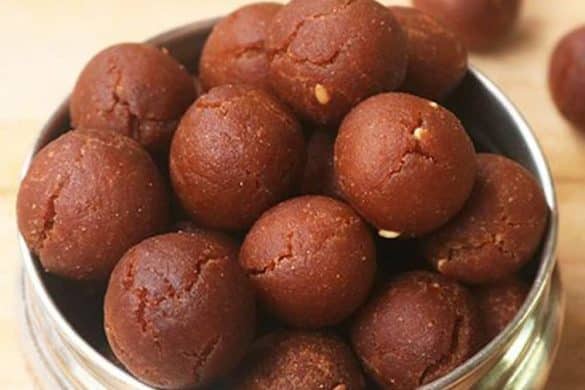
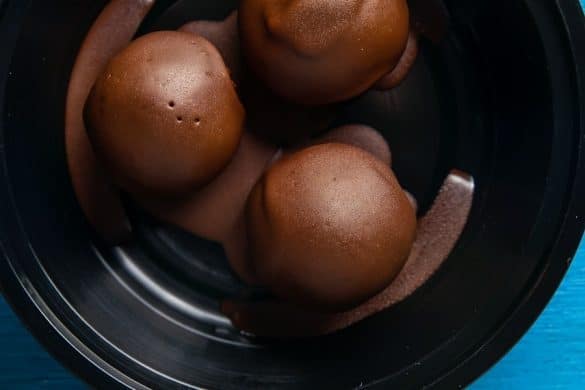
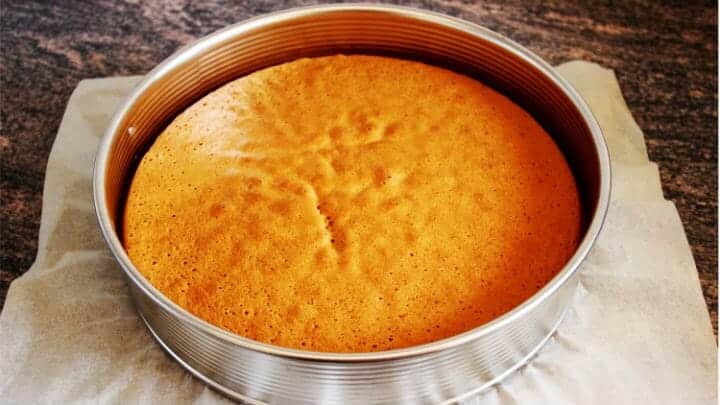
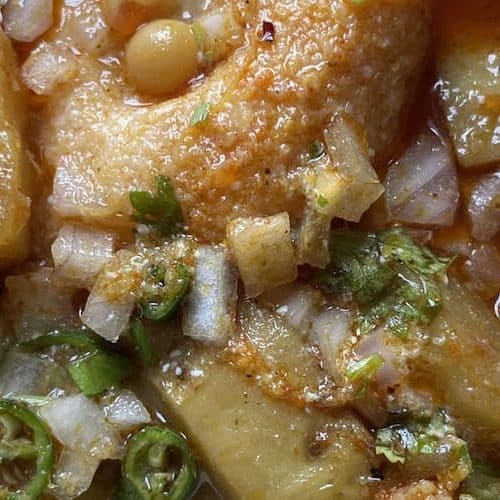
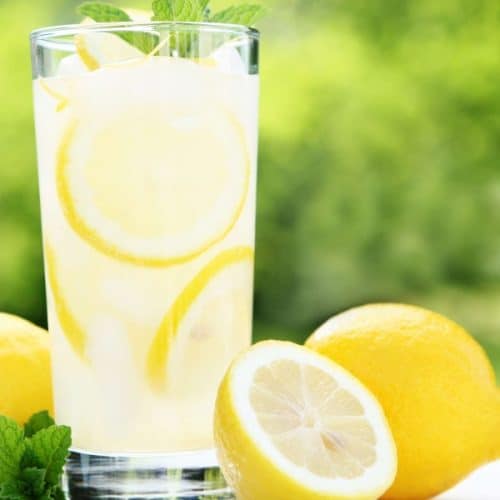
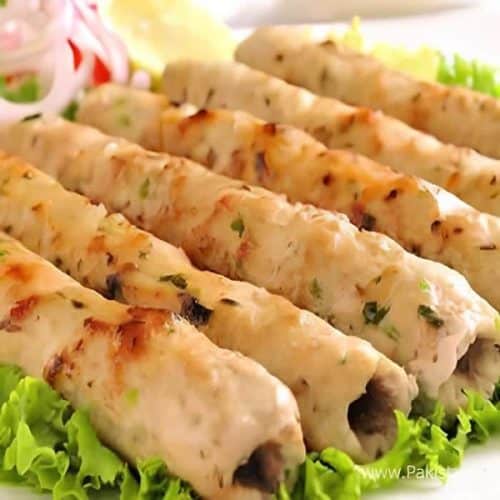
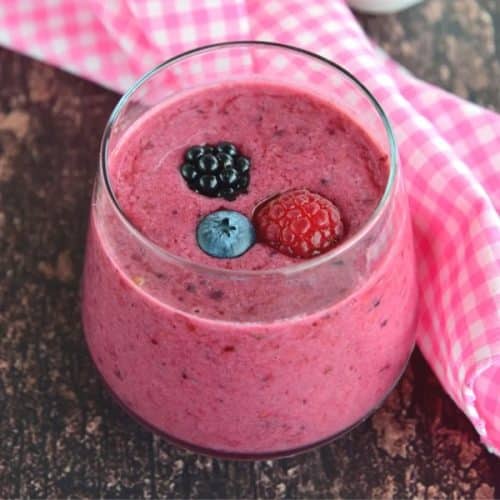
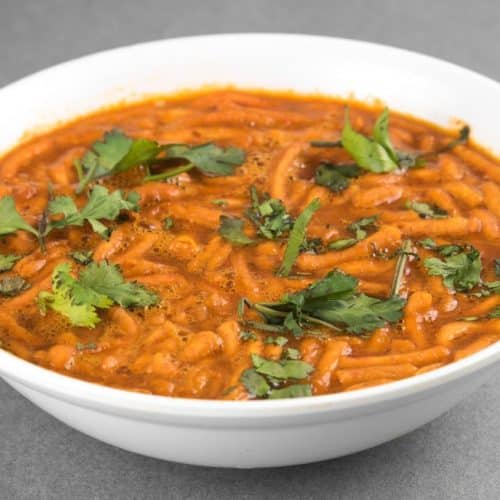
13 comments
धन्यवाद, मैं ईरान की एक बेटी हूं, मुझे आपके भोजन से प्यार हो गया।
SO AWESUM!! TASTE HAI 🙂
Itn’na hardwork? Mam hats off to you.
I do love this site ! Thank you !
I want this recipe in gujarati language
its really awesome mouth watering dish i loce it
its gr8 i love it
All ingredient quantity is in terms of cups. Please make Ghee quantity also in terms of cups. That helps to get good result irrespective of size of the cup used.
not so bad
it was becomemy favrate dish
ok…not bad.
It was delicious
I want this recipe in Gujarati Language